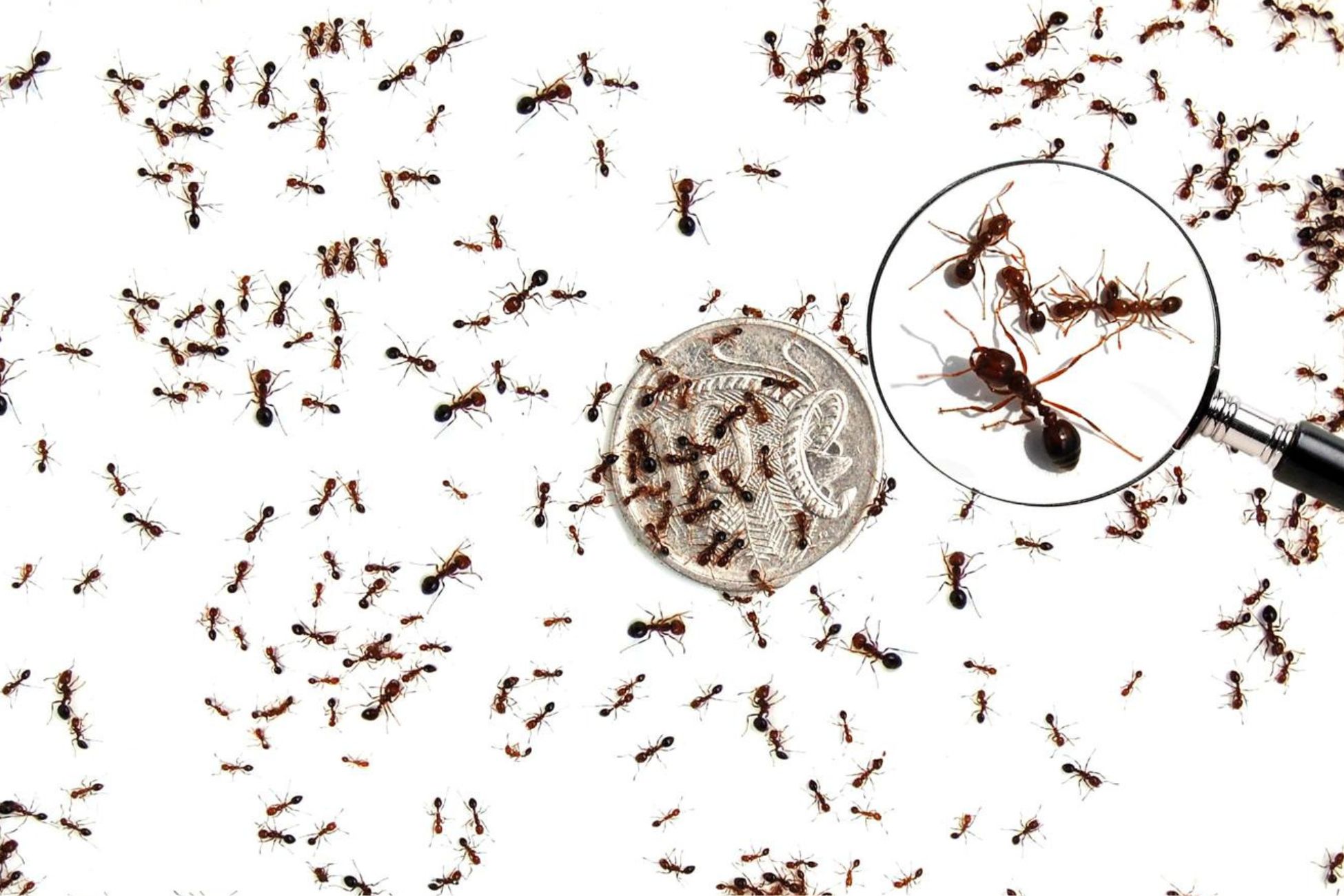Ants are considered social insects because they live in organised colonies and form complex societies.
Each group carries out specific tasks within the community and their role is determined by their age, size, colony type and needs.
Workers
Worker ants are sterile and are responsible for building the nest, caring for the queen and the brood. As worker ants age, their role changes to that of colony maintenance, sanitation and defence. The oldest workers function as foragers, leaving the colony to search for food.
When a fire ant nest is disturbed it is the worker ants that rush to the surface to defend the colony.
Small workers will live up to 2 months, medium up to 3 months and large up to 6 months.
Alates
Mature colonies produce a number of winged, fertile males and females called alates. These are cared for by workers until they leave the colony to begin their mating flights.
Females mate with a male in flight. She will then find an appropriate site for a nest, shed her wings and proceed to build her own fire ant colony.
The mated male will eventually die, and the female will start her new life as a queen.
Queens
Fire ant queens are the only reproductive females in a fire ant colony. Their primary function is reproduction. Queens also produce chemicals called pheromones, which affect the behaviour of the workers and alates in the colony.
Fire ant queens can live up to 7 years.


